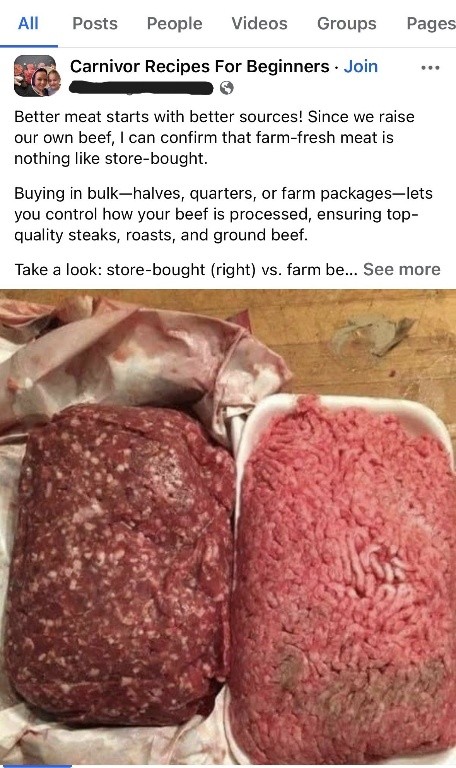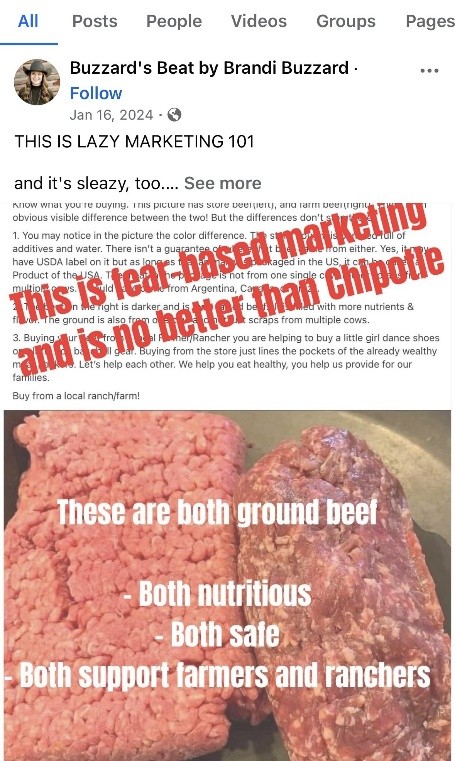Scroll Smart: Social Media Meets Meat Science
Scrolling through social media in down-time can be a common habit. While some have chosen to leave social media outlets, there is still a large portion of the population that use various social media platforms to catch up on friends, family, sports updates, or faith. However, using social media should come with a disclaimer to ensure that the sources we rely on are reputable and trustworthy. When we are finding or receiving information from social media, is the page we are looking at truly presenting the full story?
I came across a post the other day that comes and goes on my feed three to four times a year, and the reader may recognize as well. Each time I resist the urge to respond but simply read the message and sometimes the comment section (which in turn needs a “proceed with caution” notice for the Meat Science Community).


I do not want this to turn into a “comment” challenge, but rather open self-discussion: how do we individually and internally handle the conversation? The answer for each of us varies.
- Do we focus on packaging type? Tell the audience one of the pieces of meat came from an overwrap tray with a non-barrier film, which allows oxygen to permeate so the meat has a true “red” or “bloom” oxymyoglobin color. While the other was likely in butcher paper or was under vacuum using a barrier material, where no oxygen was present causing the “purple” deoxymyoblobin color.
- Do we mention how the meat is processed? One appears to be altered using a grinding head to show the “veins” in a “loaf” format, while the other appears to be bulk packed.
- Do we fault the processor for their abilities based on capital equipment or size of operation and throughput? I hope not.
While some of these conversations and posts make attempts at degrading one or the other, unless the required ingredient list states otherwise, both products are dinner…BEEF. As members within the large and intricate meat industry that varies in size and scope, the ultimate goal of food is safety and availability. Let’s ensure our discussions are informed, respectful, and centered on evidence as we work towards the shared goals of providing safe and wholesome meat to consumers.
“It is foolish to be convinced without evidence, but it is equally foolish to refuse to be convinced by real evidence” -Upton Sinclair
Edward Moore, M.S.
Manager of Customer Engagement
UltraSource, LLC
